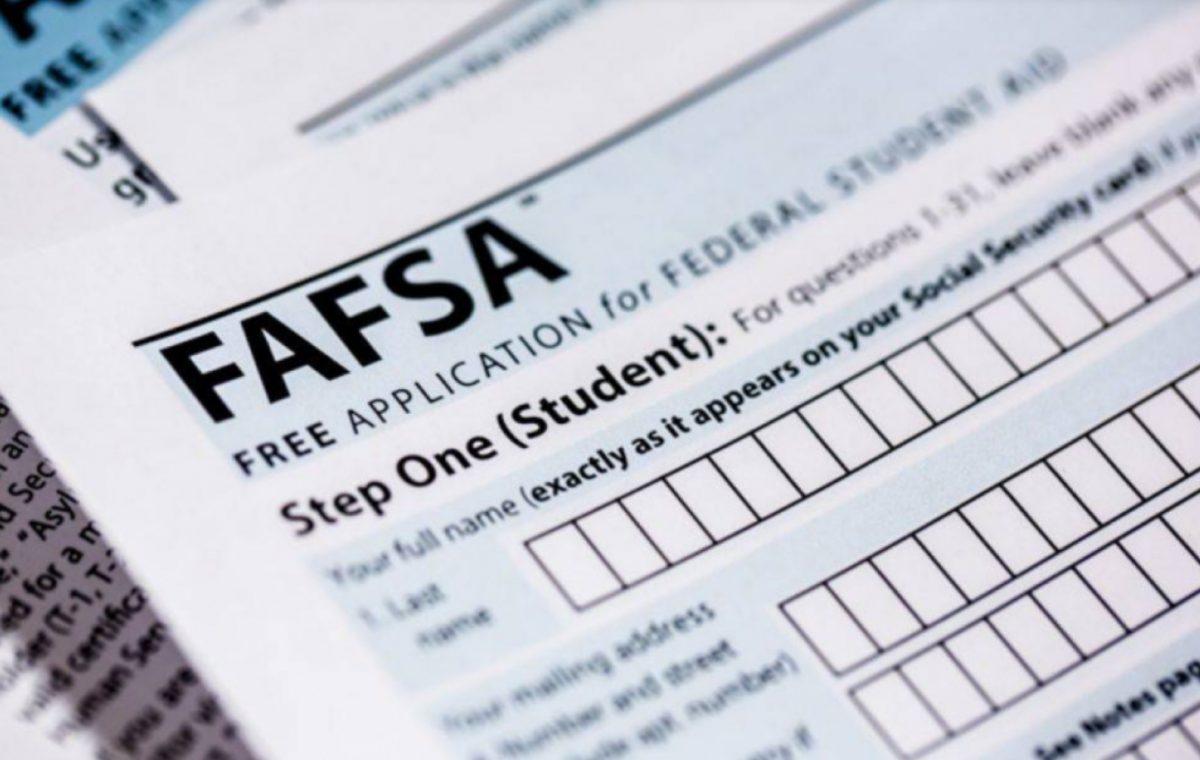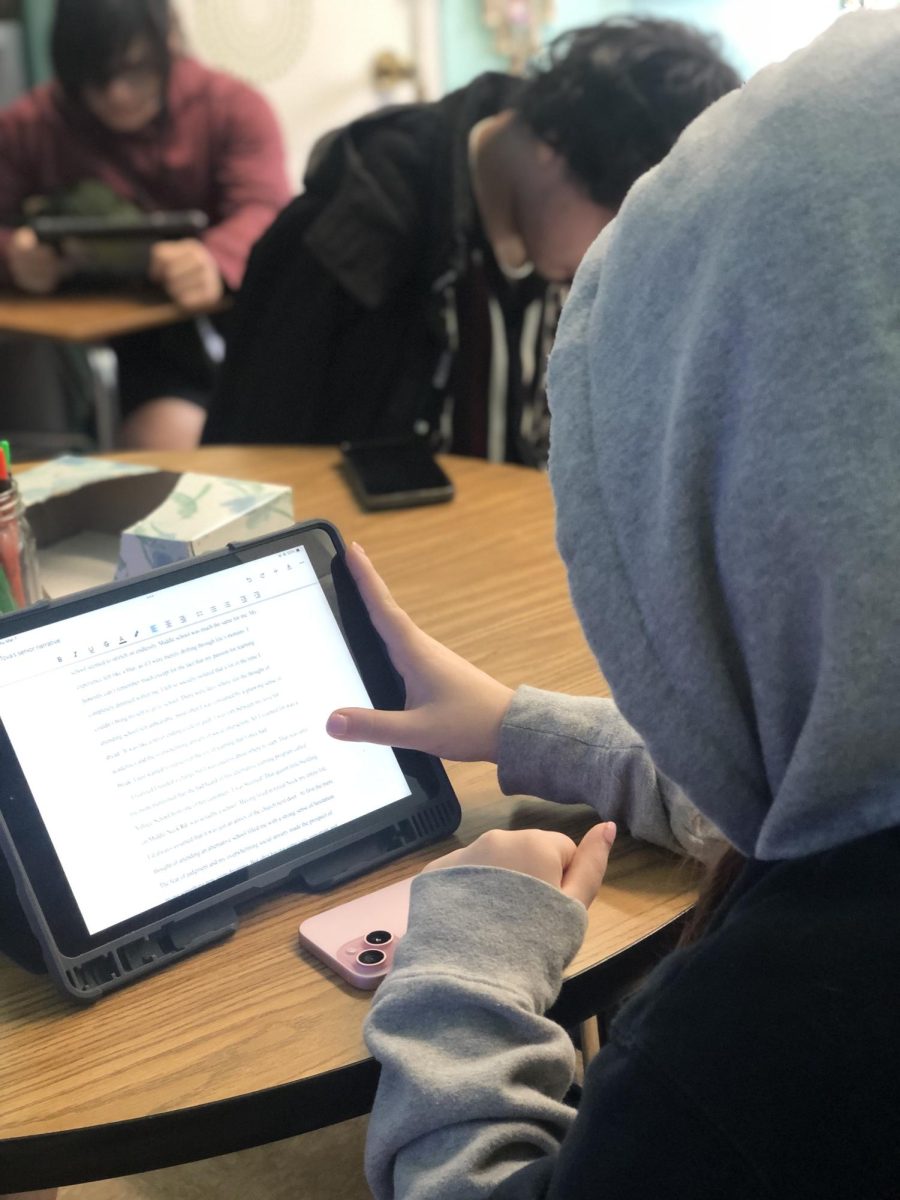All around the world, most kids attend school from ages 5 to 18. There are different schools with different protocols, syllabi, philosophies, and, of course, different cafeteria lunch food. Cafeteria lunch food is usually made up of some kind of vegetable and protein with a fruit or yogurt on the side. As obesity levels are climbing in America, school lunches have been including healthier options. Lunches all around the world are different and often given choices rather than the same meal every day. In Brazil, school lunch is made up of pork, mixed vegetables, beans, bread, salad, and baked plantains.

Other places like Thailand have lunches made up of sauteed chicken over rice. In America, there are different options such as grilled cheese, pasta, and pizza, paired with fruit or vegetables and a side of milk. School lunches are generally small, or so they say in America. Many students report that they’re still hungry after lunch. However, even with healthier school lunches, in America, the obesity levels are still climbing because of chips and other snacks. In America school cafeterias and vending machines sell a variety of chips, juice, cookies, and ice cream.

Many schools have tried making up for it by replacing juice with water in vending machines. The difference between American school lunches and other countries differ from nutrition and quantity, but America is trying to make school lunches healthier and more filling as children grow and obesity levels drop.











